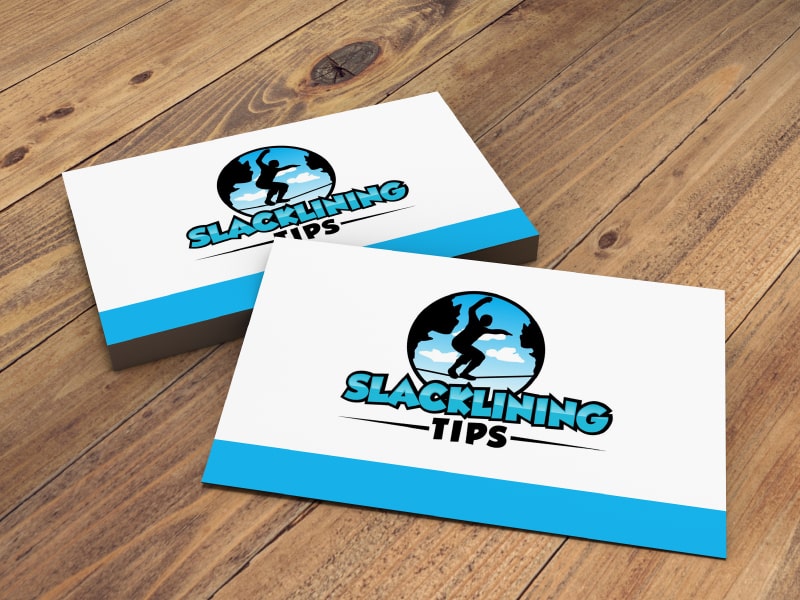Slacklining is a fun and challenging way to improve your balance, core strength, and overall fitness. Whether you’re new to slacklining or a seasoned pro, incorporating a slackline workout routine into your fitness regimen can be a great way to stay in shape and have fun at the same time.
In this post, we’ll discuss some of the benefits of slackline workouts, some basic exercises to get you started, and tips for staying safe while slacklining.
Benefits of Slackline Workouts
Slackline workouts offer a number of benefits for your overall fitness and well-being. Here are just a few of the benefits you can expect:
- Improved balance – Slacklining requires you to balance on a narrow, flexible surface, which can help improve your overall balance and stability. It can get frustrating when you can’t master the slackline and get your balance quickly which can lead some people to quit.
- Core strength – Balancing on a slackline requires you to engage your core muscles, which can help strengthen and tone your abdominal muscles.
- Increased flexibility – Balancing on a slackline requires you to use a wide range of motion, which can help improve your overall flexibility and range of motion.
- Cardiovascular exercise – Slacklining can also be a great cardiovascular workout, helping to improve your endurance and overall fitness.
Basic Exercises for Slackline Workouts
Before you start your slackline workout routine, it’s important to get comfortable with the basics. Here are a few basic exercises to get you started:
- Static balance – Start by standing on the slackline and trying to maintain your balance without moving. Once you’re comfortable with this, try shifting your weight back and forth to challenge yourself.
- Walking – Once you’re comfortable with static balance, try walking along the slackline. Start with short steps and work your way up to longer strides. You need to get your balance first though.
- Lunges – To work your legs and core, try doing lunges on the slackline. Step onto the slackline with one foot and then lower your body down into a lunge, being sure to keep your knee directly above your ankle.
- Squats – Squats are another great exercise for working your legs and core. Stand on the slackline and then lower your body down into a squat, being sure to keep your knees behind your toes.
- Jumping – For a cardiovascular workout, try jumping on the slackline. Start with small jumps and work your way up to higher jumps as you get more comfortable.
Tips for Staying Safe While Slacklining
While slacklining can be a fun and challenging workout, it’s important to stay safe while you’re doing it. Here are a few tips to keep in mind:
- Always use a safety line – A safety line can help prevent falls and keep you safe while you’re slacklining.
- Use a spotter – A spotter can help you maintain your balance and provide support if you start to lose your footing.
- Wear appropriate footwear – Wearing shoes with good traction can help prevent slips and falls while slacklining.
- Start slow – Don’t try to do too much too soon. Start with basic exercises and work your way up to more challenging workouts as you become more comfortable.
Final thoughts
A slackline workout routine can be a great way to improve your overall fitness, balance, and core strength. By starting with basic exercises and following safety tips, you can enjoy the benefits of slacklining while staying safe and injury-free.
The first step in slacklining is climbing on the line itself and maintaining your balance before you can start walking. Once you’ve done that you can begin to walk on the line with confidence and add other moves to your repertoire.
Recent Posts
Slacklining is a challenging activity that involves walking, balancing, and performing tricks on a flat piece of webbing stretched between two anchor points. It has become increasingly popular in...
Slacklining for Team-Building and Corporate Outings (Improve Workplace Relationships)
Slacklining is a fun and challenging activity that is gaining popularity all over the world. Not only is it a great way to stay active and improve your balance and coordination, but it's also an...


